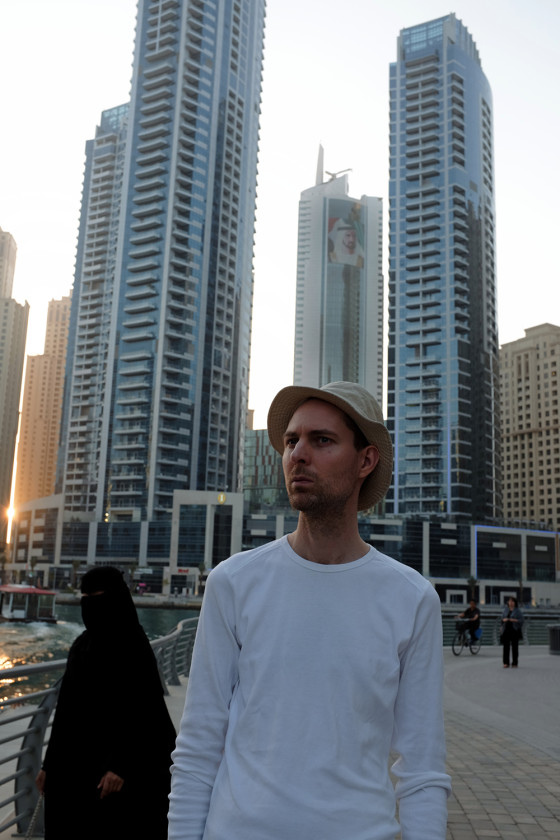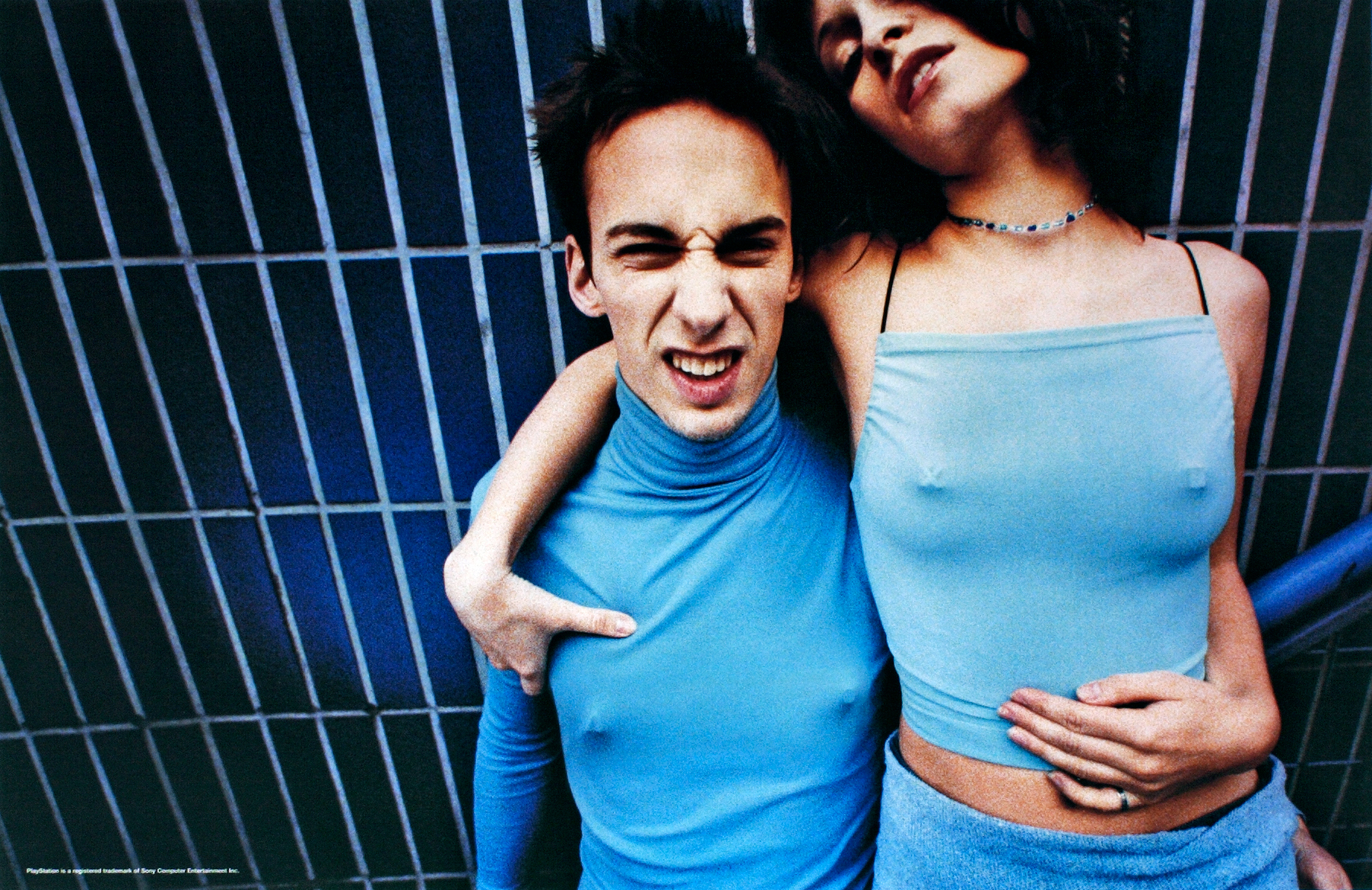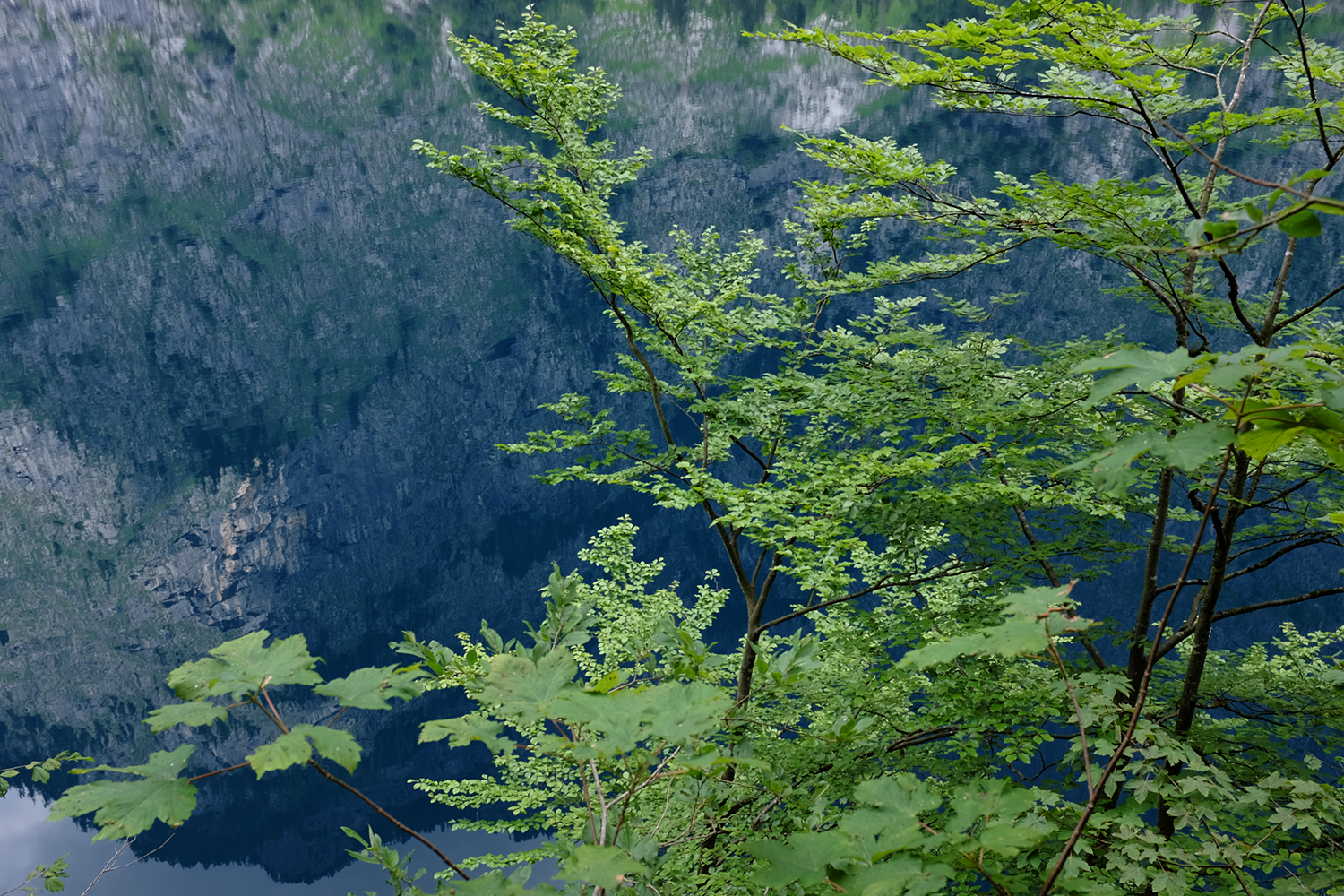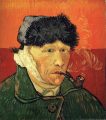Step into the world of the immensely successful and talented photographer Tomas Schelp. He speaks on the many avenues that the art and business of photography have taken him down over his decades-long career.
You got into photography through studying art books and you quickly got into advertising. Now you have gone back to a more ‘art-based’ or portrait-based practice; could you tell us about your moves into and out of advertising?
I never wanted to really do advertising, but it was the only thing that was paying in photography. Most of the editorial work was not paid, so I got into advertising to pay for my personal work or to pay for editorials. Also, it was very easy to get into advertising: you just had to pick up the phone, ring the people and turn up to show your portfolio. Of course there was a lot of competition in advertising but I think the competition is much higher now than it used to be in the past. High-end photography is a very tough market now. It has always been tough, but people were more willing to take risks back in the nineties. It was a mad business, now it is really boring.

Do you feel like you had a lot of freedom within your advertising work at the time?
I took the freedom and I paid the price. Obviously, if you take a commission then you are doing something for a client. However, I thought that I was doing it for myself because I thought it was the best way to do it. A lot of my work comes from the heart: it is very convincing and real. In a lot of ways I was very lucky; the people that worked with me were very relaxed and they gave me a lot of space to do what I wanted. There weren’t as many control freaks around. I think today you get: “we have a layout and you have to stick to the layout because it is what the client has approved.” You do not invent new photos; you not are allowed to invent new photos.

You were very successful, you won awards and a lot of clients wanted your work.
I was successful for a brief moment in time. I had a lot of billboards running in London for major advertising companies, and I worked for some big brands like Evian and Sony PlayStation. I really liked it; it was good fun; the people were cool…and I miss it a little bit.
It is very fashionable at the moment to say ‘I am into analogue photography’, ‘I am an analogue photographer’. What role does fashion play in photography, does it change anything?
I can’t really tell because I am not looking at others’ work at the moment – I am concentrating on my own to make that work instead. I noticed analogue is happening right now. To become a good analogue photographer, you need to really understand photography and you need to understand your subjects as well. You have to be in control. I feel lucky that I grew up with analogue photography because it really taught me how to photograph. The possibilities were not endless, it was slow, you had to really concentrate, and I still benefit from that.
On your website you use the word ‘spontaneous’ to describe your practice. This makes sense after hearing you talk about training yourself on analogue cameras – is it still the case that each shot is its own decision?
It used to be, in the past, that there was a limit. No one has an unlimited amount of film or money to do projects. If you went to a concert you used to bring a roll of film and you had to watch carefully because you only had those 35 shots. Today you could take thousands of photographs for a fashion shoot or concert; you could just keep the button down. But then the work comes. You have to be a good photography editor and choose the right shots. If I look at a lot of photographs out there, they seem very random. I have the feeling that people shoot models, go to concerts or take portraits and just shoot randomly. They don’t see the good photographs.
Perhaps they just can’t see the bad ones…
Of course! And you have to be able to see the bad photographs as well! The funny thing is this: a friend of mine, also a photographer, will say ‘I am going to take a lot of photographs and choose the best ones’; for me it is the complete opposite. It is really stupid because I waste a lot of time – but what I do is first throw everything away that I don’t like. Then I work my way closer and closer to best one. I look at the work for a long time because I want to make sure that I have seen everything. I intensively look at every single photo. If I go to a concert then the next day I have to look at 500 or 600 photos. I edit these down to about 50 and then choose 5 or 3. To be honest, I think there are usually about 20 good ones.
With your book, Vintage Visions, you had to select photographs but over a much longer time period. How was this different to selecting photos from a concert or fashion shoot?
When you publish something, you have to put it in some sort of box. If you just come and say ‘this is my work’ and the book just says Tomas Schelp then it is not going to work. It has to have a theme or something which sticks everything together like glue. This glue is the topic you give them. It doesn’t matter if the photographs belong together, if you have the glue then you can say ‘this is the topic’ and people will assume that it makes sense.

That would mean there are two ways of approaching projects or books: one, like Vintage Visions, is retrospective and the other is going out and leading with the topic, the glue, and taking the photos to suit it. Do you work in both ways? Do you have any plans for a new publication or project?
I follow a lot of topics and themes but I get bored very easily. If I was to create a book of heavy metal bands I would go down the road to see who was on the scene and take photos of all the small metal bands then I would make my way up until I get the trophy, Metallica for instance. After this I have a book and Metallica is the selling point. But I get bored; I don’t get bored of metal or Metallica, but I get bored of working on the same topic. I could have already done something like this but what I do instead is say ‘wow, look at this band, what a beautiful girl, what a nice face, what a nice car, I want to take pictures of landscape, today I will do something different’. This is just how it goes. Not so long ago I was photographing in a circus and last week I was photographing an opera in Berlin…

You took a beautiful photo of a dancer with her legs in the air; was this from that Berlin shoot?
Yes and that was my best [photo]! We took a lot of photos of that girl but I had this idea [of her with her legs in air] and we took that photo really quickly. Including setting the lights and tripods it took 10 minutes! That particular shoot was very easy to edit. I want the dancer to be my assistant editor to make sure the dance moves are right. I don’t have enough knowledge of dance so I thought I would make her my assistant editor for this shoot.
Do you usually collaborate or are you a one man band? What is your working process?
I made the ballerina my assistant editor but I am usually a one man band. It has been a long time since I used a stylist or hair and makeup people. I don’t even have an assistant; I usually work alone on shoots with the person I photograph. You make the best portraits and fashion portraits and nude portraits if you work alone because the sitter really opens up, they trust you and they give you a moment which is real. I think a lot of mainstream work looks cold and is done under a lot of pressure in minutes. Portrait and fashion is coming together now as one thing: celebrity. Celebrities do product placements; they do shoots and they wear all these brands and it is perfectly organised with the best makeup and stylists which is nothing to do with the portrait. I would like to do portraits as they were done in the past by artists like Bruce Weber and Richard Avalon. All the big photographers took the personality, not the brands or bullshit which is around now. If I were to get commissioned to do a portrait of a celebrity today I would say ‘everybody out!’ It would be my last job and everybody would be pissed.
Do you find that spending time with a person is important when making a connection or does it come about immediately?
Of course it can be an advantage to have more time to do a portrait. However, as a good photographer, I have to be able to connect really quickly and find out what the person is about, what they feel and I have to be sensitive toward them. Often, people are very shy and you have to make them feel calm and tell them ‘everything will be fine, it doesn’t hurt.’
When you photograph a subject you capture part of the personality of that person. Do you find yourself being drawn toward certain subjects?
I really like taking photos of musicians and I do photography because I want to be part of life. It is important for me because it connects me to people. I could go everywhere without a camera and I could still connect, but with the camera I can connect for a longer moment. Firstly, I can look back and secondly, I can ring people up and say ‘hey, I have this photograph!’, ‘Do you want to see this photograph’ or ‘let’s meet up and talk about photographs or projects’. I really like to be close to creative people. This doesn’t mean just musicians but other artists too, painters, poets or fashion designers, all kinds of crazy people.

With a mixed approach to photographing subjects – both you approaching people and people approaching you – do you find people have an agenda of how they want to be portrayed?
When you photograph celebrities you don’t have much time, sometimes an hour, sometimes five minutes, sometimes only 15 seconds. It puts you under a lot of pressure as a photographer and, therefore, the celebrity feels this pressure too. On top of this there are a lot of people sitting in on the shoot – managers, PR people who try to prevent certain things from happening. Mike [Skinner] was quite relaxed and I was quite relaxed. I asked if I could have more time, it was fun and I really like it.
Personally, I love the shot with the stamp on his head.
I had a [2nd class] stamp and I asked Mike to put it on his head. He said “Fuck it! I am first class!” but I asked again as a favour and he did. I have stamps on display behind me and I have a lot of ideas around stamps and photography. It is probably because I collected stamps as a child. I inherited a collection from my father. I had a lot of different hobbies as a child like gluing little aeroplanes together and putting stamps into books so this is probably when I got into working with details.
How do you feel when you sit for photographs?
I am a really bad sitter because I am a photographer. I want to direct them; I don’t want them to direct me. Ordinarily, a photographer needs to direct a portrait but if someone photographs me I question the angle, the lighting etc. I am a crap sitter, really. All the portraits of myself that I like I put on Facebook and everything else I put in the trash can.
Listen to the full interview, beautifully edited by Tomas, here:
https://vimeo.com/142610685
—–
The official site of Tomas Schelp: www.tomasschelp.com







